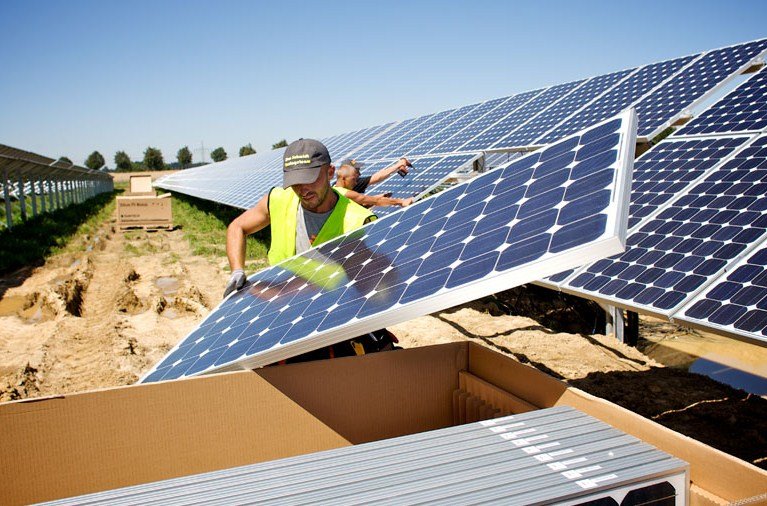No new energy loans in 2022
China’s development banks provided no new energy sector loans for the second year in a row in 2022, according to a new report by researchers at Boston University. This means that China’s pledge to end overseas coal financing and fund more green and low-carbon energy projects in developing countries has not yet driven more funding into renewable projects.
The report, based on the China’s Global Energy Finance (CGEF) Database, estimates that from 2000 to 2022, the China Development Bank (CDB) and the Export-Import Bank of China (CHEXIM) provided a total of 331 loans worth $225 billion for energy projects in 65 foreign governments. However, the CGEF Database recorded a total of zero new energy sector loan commitments from CDB and CHEXIM to foreign governments in 2021 and 2022.
“China’s support for overseas coal projects was already on the decline before Xi’s 2021 pledge,” said Cecilia Springer, Non-Resident Fellow at the GDP Center and lead author of the report. “However, the other half of the pledge – to step up support for green and low-carbon energy – has yet to solidify.”
Fossil fuels dominate China’s energy finance
The report also reveals that the largest share of existing loan commitments from China’s development banks has gone to exploration and extraction activities in the energy sector, followed by power generation. In terms of energy source, fossil fuels have received the most support, with coal, oil and gas representing 73 percent of the lending. Oil was the largest energy source by amount of finance, followed by gas and liquefied natural gas (LNG).
The report shows that China’s fossil fuel lending commitments since 2013 – when the Belt and Road project was first announced – have amounted to $55.4 billion, $20 billion of which was for coal-fired power generation. Though financing from the two banks has declined since 2016, it still “surpasses the energy lending offered to public entities by any other global lender,” including the World Bank, the report says.
China launches new green finance initiative
At the Belt and Road summit last month, China launched a new Green Investment and Finance Partnership (GIFP) to promote green energy. President Xi Jinping said around $100 billion in annual financing would be made available to support the energy transition in Belt and Road countries.
Springer said the new financing was only a “drop in the bucket” when it came to meeting the goals of the Paris Agreement, but added it was “significant that China has committed to bring financial resources back to the table after several years of lowered development finance levels.”
The report also notes that the suspension and cancellation of some of China’s energy projects underscore a paradigm shift in both global energy decision-making and China’s overseas financing practices. It calls for more transparency and accountability from China’s development banks, as well as more collaboration and coordination with other global actors, to ensure that China’s global energy finance aligns with the global climate agenda.

